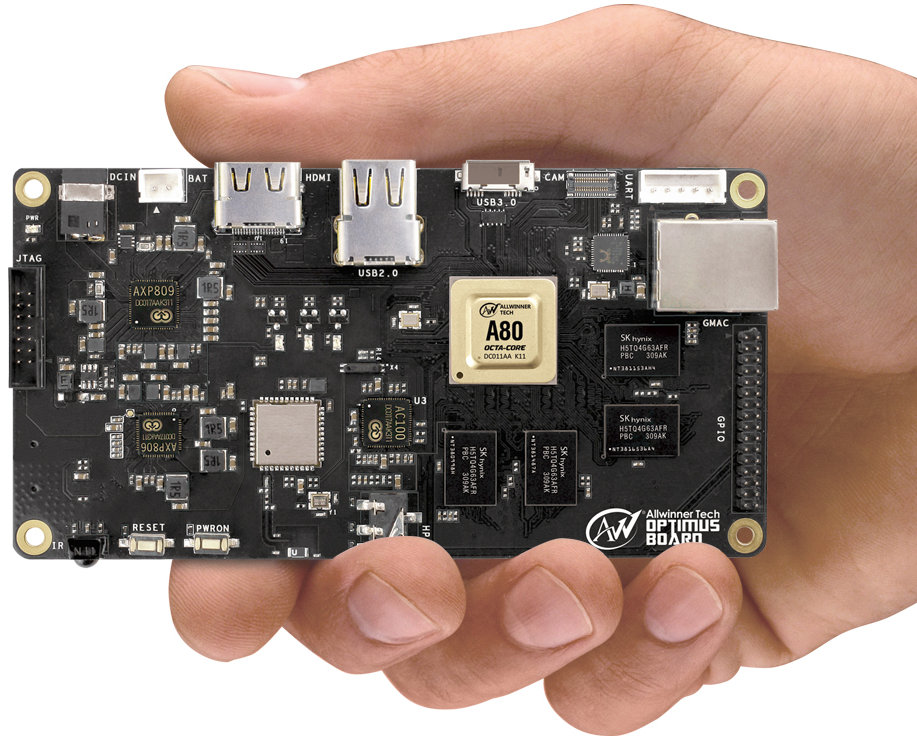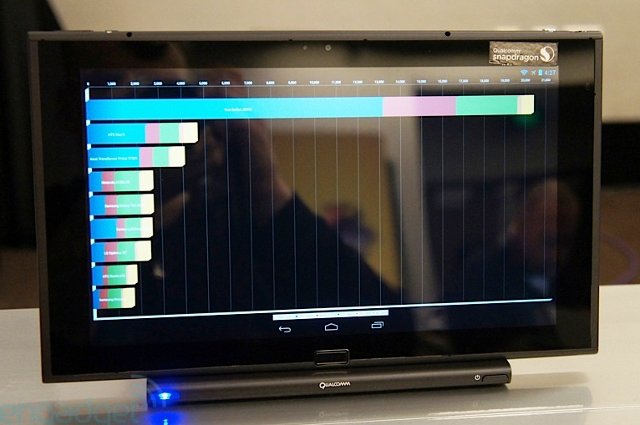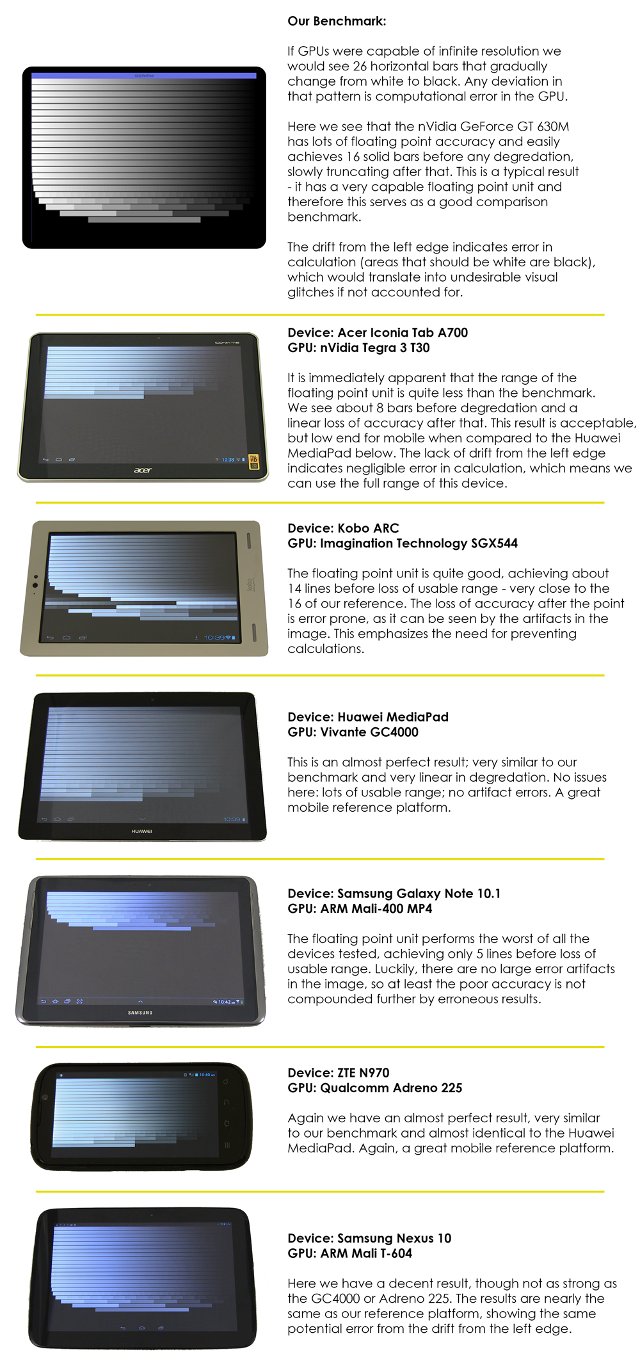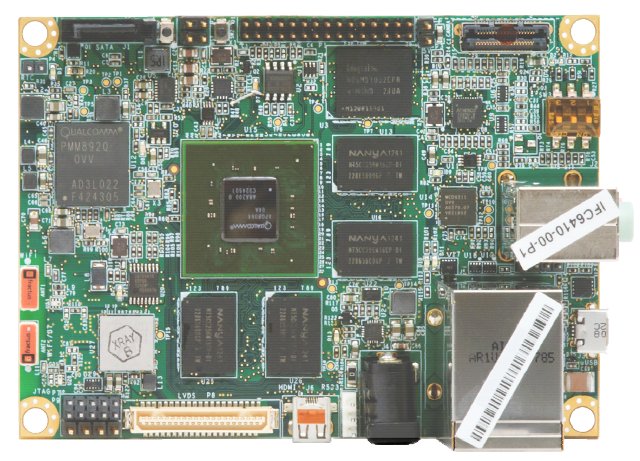CES 2014 is coming soon, and it will take place on 7 – 10 January, 2014, and we can expect some interesting SoC news. Samsung suggested they will unveil their 64-bit ARM SoC (Exynos 6?) at CES 2014, Nvidia will hold a press conference to “showcase new NVIDIA Tegra mobile technologies, gaming innovations, and advanced automotive display technologies”, and Qualcomm has been quiet for now. However, several Chinese SoC vendors, namely AllWinner, Rockchip, and Mediatek, have already announced what they will showcase at CES 2014, albeit with few details. AllWinner at CES 2014 Allwinner announced will showcase their OptimusBoard based on their Ultra Octa-Core A80 SoC, as well as 4G tablets powered by Allwinner A31/A31s, and dual-SIM phablets sporting A23 dual-core. Allwinner A80 is an Octacore processor featuring four ARM Cortex A7 cores, and four Cortex A15 cores @ 2.0GHz together with an unnamed GPU offering 2x more performance over previous […]
Qualcomm Unveils Snapdragon 805 Processor with Full 4K Support
Qualcomm has just announced their “next generation” Snapdragon 805 “Ultra HD” processor, part of the Snapdragon 800 family. The SoC supports video playback and capture, image and graphics processing on display supporting Ultra HD (aka 4K2K or 2160p) resolution. Snapdragon 805 features four Krait 450 core up to 2.5GHz, and an Adreno 420 GPU which is claimed to have 40% more graphics processing than its predecessor: Adreno 330. Snapdragon 805 key features: High performance – Krait 450 quad-core CPU @ 2.5 GHz per core, memory bandwidth support of up to 25.6 GB/second. High graphics performance and Ultra HD resolution – Adreno 420 GPU with support for hardware tessellation and geometry shaders, and 4K processing. Connectivity – Integration with either the Qualcomm Gobi MDM9x25 or the Gobi MDM9x35 modem (just announced too) for cellular connectivity. Gobi MDM9x25 support LTE Category 4 with peak data rates of up to 150Mbps, and the […]
LinuxCon North America 2013 Schedule
LinuxCon (North America) 2013 will take place on September 16 – 18, 2013 in New Orleans, LA. The event will be co-located with several other conferences: the Linux Plumbers Conference, the Xen Project User Summit, the OpenDaylight Mini-Summit, the Gluster Workshop 2013, the UEFI Plugfest, the Linux Wireless Summit, the Linux Security Summit, and CloudOpen 2013. LinuxCon consists of 3 days of keynotes, and legal, operations, and developers related sessions as well as tutorials and workshops. There will be around 150 sessions and keynotes during those 3 days. I’ve gone through developer sessions and selected one for each time period. Monday, September 16 10:35 – 11:25 – UEFI and Linux by Kirk Bresniker, HP UEFI has become ubiquitous on the PC client systems and is coming up on servers and ARM-based systems, it is becoming the converged firmware infrastructure. UEFI Secure Boot feature has attracted a lot of attention from […]
Qualcomm Snapdragon 800 MDP Benchmarks
A few days ago, I saw some benchmark results showing Xiaomi M3 smartphone powered by Snapdragon 800 SoC getting a ridiculous score above 80,000 points in Antutu, but thought it was really odd, and it turned out to be a fake Antutu screenshot. The actual scores for Snapdragon 800, are much lower, yet one of the fastest mobile platform ever, according to benchmarks performed by Engadget, which hold of Qualcomm Snapdragon 800 Tablet and Smartphone MDPs. Engadget provided comparison of the benchmark for 12 devices, but I selected the 4 most powerful of the lot in the table below. S800 MDP tablet (MSM8974) S800 MDP phone (MSM8974) Samsung Galaxy S4 (Exynos 5 Octa) Nvidia Tegra 4 ref device Quadrant 2.0 20762 22022 13326 16436 Vellamo 2.0 2997 2914 1977 N/A AnTuTu 3.x 35783 33828 28167 36305 SunSpider 0.9.1 (ms) 543 566 732 499 SunSpider 1.0 (ms) 657 674 N/A N/A […]
Bsquare Announces Qualcomm Snapdragon 800 Series Mobile Development Platforms
BSQUARE has recently announced the availability of its Qualcomm Snapdragon 800 Mobile Development Platform (MDP), based on Qualcomm Snapdragon 8974 (LTE), which will be released both in tablet and smartphone form factor. This development platfom has been designed for application developers and device manufacturers so that they can develop, test, optimize and showcase apps in Android 4.2.2 powered by the latest Qualcomm SoCs. Snapdragon 800 Tablet and Smartphone MDP specifications: SoC – 8974 Quad Core Krait 400 Snapdragon Processor @ 2.3GHz with Adreno 330 embedded GPU and Hexagon v5 QDSP6 Memory and Storage – N/A, apparently you don’t need to know… Display: Tablet MDP – 11.6” 1080p HD Multitouch Display Smartphone MDP – 4.3” 720p HD Multi-touch display Video Playback – UltraHD/4K video support via HDMI output Camera – 12MP rear camera w/ Flash (1080p HD @ 30fps) & 2MP front facing camera (1080p HD @ 30fps) Audio – Surround sound […]
Vivante GC4000 is The Best Mobile GPU… When It Comes to Accuracy
Most of the time, mobile GPU comparisons involve benchmarks such as Antutu, Nenamark 2, etc…, or people may consider which games will be able to run smoothly with a particular device, but we seldom compare image quality, for the simple reason it’s usually more difficult to achieve. YOUi Labs has just done that, however, by running the shader code below on several hardware platforms, mainly Android tablets, with the most common mobile GPUs, and used the results obtained with a Desktop PC GPU, Nvidia Geforce GT 630M, has a reference.
|
1 2 3 4 5 6 7 8 9 10 11 12 13 14 |
precision highp float; uniform vec2 resolution; void main( void ) { float x = ( 1.0 – ( gl_FragCoord.x / resolution.x )); float y = ( gl_FragCoord.y / resolution.y ) * 26.0; float yp = pow( 2.0, floor(y) ); float fade = fract( yp + fract(x) ); if(fract(y) < 0.9) gl_FragColor = vec4( vec3( fade ), 1.0 ); else gl_FragColor = vec4( 0.0 ); } |
Here are the results: The worst GPUs are Mali-400 MP4 in Exynos 4412 and Geforce ULP in Tegra 3, which can respectively only show 5 and 8 lines before degradation, and the top two GPUs are Qualcomm Adreno 225 in MSM8660A, and Vivante GC4000 in HiSilicon K3V2 processor. Imagination Technologies SGX544 and ARM Mali-T604 also provide decent results, but […]
$149 Inforce Computing IFC6410 Board Features Qualcomm APQ8064 Quad Core SoC
I’ve only seen Qualcomm SoC in smartphones and tablets, as well as their own development boards, but Inforce Computing has just changed that thanks to IFC6410 single-board computer powered by Qualcomm Snapdragon S4 Pro APQ8064 quad core krait processor @ 1.7GHz. This Pico-ITX SBC comes with 2GB RAM and 4GB eMMC flash, HDMI out, Gigabit Ethernet, Wi-Fi and more. Here are the specifications of this board: SoC – Qualcomm Snapdragon S4 Pro APQ8064 Quad Core Processor (1.7GHz) + Adreno 320 GPU System Memory – 2GB on-board PCDDR3, up to 533MHz Storage – 4GB eMMC + μSD card connector + SATA interface Connectivity: 802.11 b/g/n WiFi (Atheros QCA6234) Bluetooth 4.0 (Atheros QCA6234) 10/100/1000bps Ethernet (Atheros 8151) Video and Audio Interfaces: μHDMI (1080p) LVDS MIPI-CSI2 (4-lane, up to 20MP camera) HD Audio and Mic-in USB – 2x USB 2.0, 1x USB OTG Misc I/O – 1x I2C, 1x SPI, 1x UART, UIM, […]
Open ARM GPU Drivers FOSDEM 2013 Video and Call to ARM Management
As I previously wrote, FOSDEM organizers are slowly uploading FOSDEM 2013 videos. One of the most interesting talk “Open ARM GPU Drivers” is now available. I’ve also uploaded it to YouTube (embedded below) to give it more exposure. Luc Verhaegen has also written a recent blog post entitled “Hey ARM!” where he announces the release of the modified source for Quake 3 Arena demo, and asks ARM to join them in making an open source driver. Open ARM GPU Drivers @ FOSDEM2013 This session covers the following key points: Problem – Binary drivers are mainly designed to run in Android, and it’s very difficult to have proper GPU drivers for Linux, and companies are not interested to release open source drivers or even just documentation, as they are not convinced it will benefit them in any way. Legal – This is actually the main issue, as open sourcing existing driver […]










